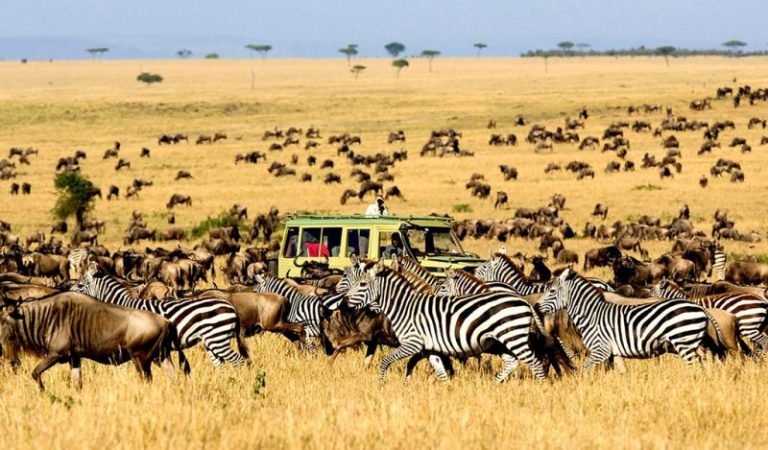Deaths in Serengeti National Park: A Closer Look
Serengeti National Park is one of the most iconic and largest wildlife reserves in the world. Located in northern Tanzania, the park is home to a vast array of wildlife, including the Big Five game animals – lion, leopard, rhino, elephant, and buffalo – as well as cheetahs, wildebeest, zebras, and other species. Despite being a protected area, the Serengeti National Park faces a number of challenges, including deaths of both wildlife and humans.
Overview of Serengeti National Park
Serengeti National Park covers an area of 14,763 square kilometers, making it one of the largest parks in the world. It is home to an estimated 3 million large mammals, including the Big Five game animals. The park is also known for its annual migration of millions of wildebeest and zebras that travel in search of fresh grazing areas and water.
The park is divided into three regions: the Northern Serengeti, the Central Serengeti, and the Southern Serengeti. The Northern Serengeti is the most popular area for tourists, featuring the Ngorongoro Conservation Area and the famous Mara River. The Central Serengeti is home to the Seronera Valley, while the Southern Serengeti is known for its concentration of predators and large herds of animals.
Causes of Death in the Park
The Serengeti National Park faces a number of threats that can lead to the death of wildlife. These include poaching, habitat destruction, and climate change. Poaching for bushmeat and ivory, as well as illegal hunting, are major threats to the park’s wildlife. Habitat destruction due to the expansion of agricultural land and human settlements is also a major problem, as it reduces the available space for animals to roam. Climate change is also having a negative impact on the park, as extreme weather events can cause flooding and drought, both of which can lead to the death of animals.
Human-caused deaths are also a problem. Tourists visiting the park often get too close to the animals, leading to dangerous situations that can lead to the death of both humans and animals. In addition, vehicles driven by tourists can cause accidents and collisions with animals.
Human-Wildlife Conflict
The Serengeti National Park is home to more than 3 million large mammals, which can lead to conflicts with humans. The park is surrounded by human settlements, and the presence of large animals can create problems for local communities. For instance, elephants can cause crop damage and wildebeest can spread diseases. In addition, humans and animals often compete for resources, such as water and grazing areas.
Conservation Efforts
In order to protect the Serengeti National Park and its wildlife, a number of conservation efforts have been put in place. These include anti-poaching patrols, habitat protection, and the reintroduction of endangered species. In addition, the park has implemented a number of regulations to protect the animals from human-caused deaths, such as speed limits and restrictions on getting too close to the animals.
The Serengeti National Park is one of the most iconic and important wildlife reserves in the world, but it faces a number of threats that can lead to the death of both humans and animals. In order to protect the park and its wildlife, a number of conservation efforts have been put in place, including anti-poaching patrols, habitat protection, and regulations to protect the animals from human-caused deaths.

